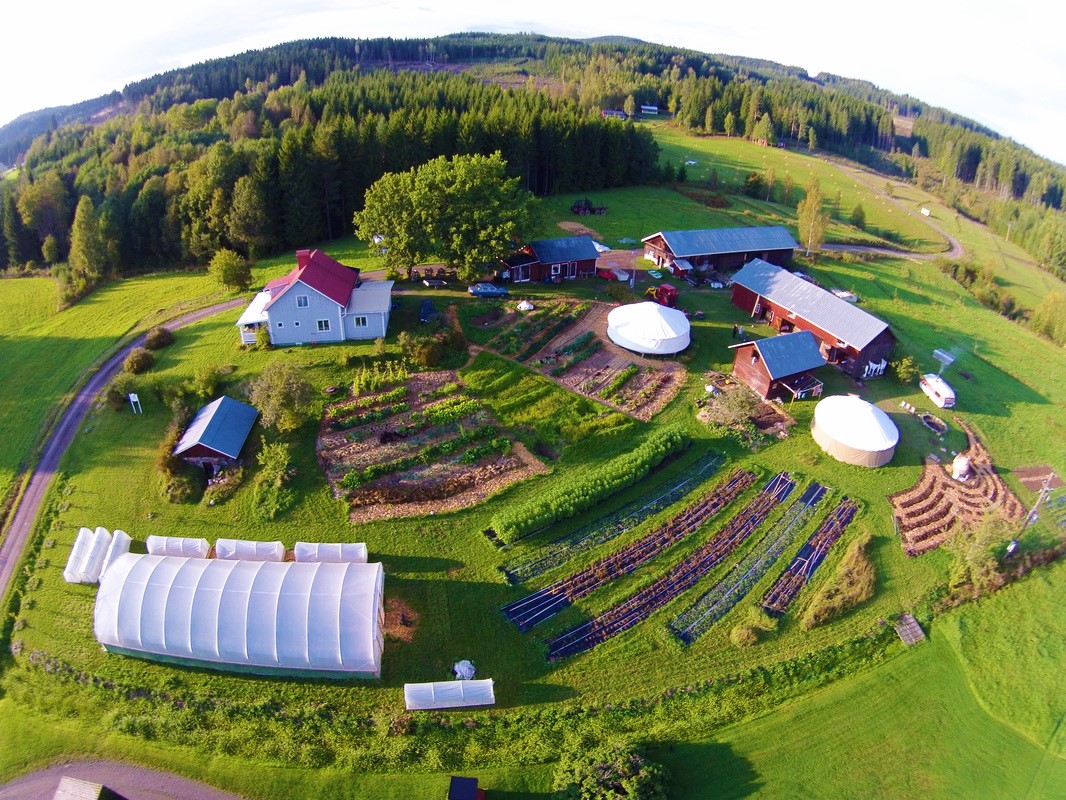Agriculture, Animal Husbandry, Fishing, Food, and Forestry

The primary divisions include:
Horticulture: Horticulture is the science, art, and industry of cultivating plants for food, medicine, materials, beauty, and environmental benefits, encompassing farms, greenhouses, gardens, and gardening. It involves a wide range of practices, including seed production and storage, planting, plant cultivation, growing crops, crop rotation, and crop harvesting. Central to horticulture are soil management techniques such as soil preparation, enrichment, and conservation, alongside watering and irrigation systems that emphasize water conservation. This industry integrates sustainable practices like permaculture to enhance productivity while preserving natural resources. Horticulture supports the production of fruits, vegetables, ornamental plants, and flowers, while also fostering biodiversity, creating functional green spaces, and promoting ecosystem health. Through scientific innovation and environmentally conscious methods, horticulture ensures food security, landscape aesthetics, and ecological balance.
Fishing and Fisheries: The fishing and fisheries industry encompasses the harvesting, management, and cultivation of aquatic resources to provide food, materials, and economic benefits while maintaining the health of marine and freshwater ecosystems. This industry includes commercial, recreational, and subsistence fishing, as well as fishery management practices that regulate fishing activities to prevent overexploitation and promote sustainable yields. Aquaculture, or fish farming, plays a critical role by breeding and raising fish, shellfish, and other aquatic species in controlled environments, often supported by hatcheries that ensure stable stock populations. From wild-capture methods to farm-raised operations, utilizing advanced techniques and technologies to optimize efficiency and environmental stewardship. Fishing and fisheries are vital for global food security and supporting biodiversity through responsible aquatic resource management.
Food: The food industry encompasses the entire process of ensuring the availability, safety, and quality of food, from production to consumption. It includes food production through agriculture, aquaculture, and animal husbandry, as well as food processing to transform raw ingredients into consumable products. Food inspection and safety protocols ensure that all food meets health standards, while preservation and storage techniques maintain freshness and prevent waste. The distribution of food involves transporting it fresh to markets and consumers. Food preparation, whether in homes or commercial settings, focuses on creating meals that meet diverse culinary and dietary needs while promoting nutrition and exceptional flavor. Providing high-quality organic food to supply the growing consumer demand for healthy options. Central to the industry is addressing food security, ensuring that all people have access to an adequate food supply that is guaranteed to be safe, nutritious, and delicious.
Forestry: The forestry industry focuses on the management, conservation, and sustainable use of forests and forest resources to meet ecological, economic, and societal needs. It includes logging and harvesting timber for wood, paper, and non-timber products such as resins, fruits, and medicinal plants. Key activities also involve reforestation, afforestation, urban forestry, agroforestry, and the stewardship of forest ecosystems to preserve biodiversity and ensure sustainability. Forestry practices encompass soil conservation, watershed protection, and the support of wildlife habitats. Advanced techniques, including forest inventory systems and pest and disease management, enhance both productivity and ecological balance. A crucial effort is made to balance economic development with environmental stewardship, ensuring forests continue to provide essential ecosystem services such as air purification, water retention and transpiration, along with recreation, and natural beauty for future generations.
Hunting and trapping: The hunting and trapping industry involves the regulated pursuit and capture of wild animals for food, materials, population management, and conservation. It includes activities such as hunting for game meat, fur, and hides, as well as trapping for pest control, invasive species management, scientific research, and sustainable wildlife use. Central to the industry is the humane treatment of animals and adherence to regulations and ethical practices that ensure species conservation and ecological balance. Hunting and trapping often support game management programs and the maintenance of wildlife habitats, helping to prevent overpopulation, preserve biodiversity, and mitigate human-wildlife conflicts. The use of hunting reserves and managed lands fosters sustainable practices while providing economic benefits to rural communities and supporting cultural traditions. By balancing responsible resource use with habitat conservation and humane methods, the industry plays a critical role in maintaining healthy ecosystems and promoting wildlife stewardship.